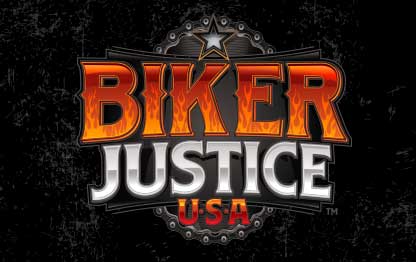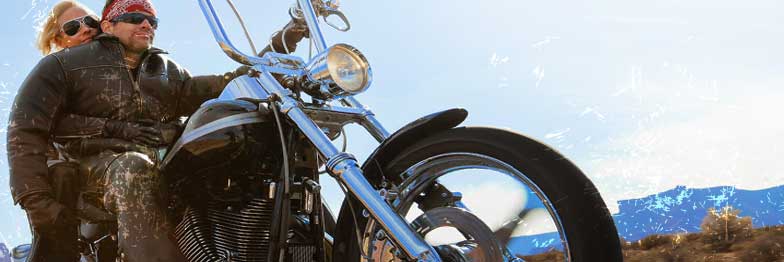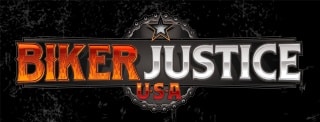Top Minnesota Motorcycle Accident Attorneys
Get the Minnesota Motorcycle Legal Help You Demand, So You Can Ride Hard.
The goal of this directory is to find highly experienced personal injury attorney’s that specialize in motorcycle accident cases. Simply put – we want to help you find the Top Minnesota Motorcycle Accident Attorneys. Why? Because we believe that you deserve the very BEST and sometimes that’s not the first name you run across.
Below are the Minnesota Motorcycle Accident Attorney’s that we are confident about.
The Most Commonly Asked Questions from Riders Like You.
What do I need to get a motorcycle license in Minnesota?
Do I need to wear a helmet when riding a motorcycle in Minnesota?
What insurance do I need to ride my motorcycle in Minnesota?
How long do I have to make a claim after a motorcycle accident in Minnesota?
I was driven off the road while riding in Minnesota, is there anything I can do?
What should I do first after a motorcycle accident in Minnesota?
How will my medical expenses be covered after a motorcycle accident in Minnesota?
What equipment do I need on my motorcycle to ride in Minnesota?
What do I need to get a motorcycle license in Minnesota?
There are two main ways to get your motorcycle license in Minnesota, and luckily, it’s a pretty straightforward process. Either way, you have to get your two-wheeled vehicle instruction permit first.
After getting your permit, you can then take a written examination and road test. Passing both tests means you can get your motorcycle license. If you’ve earned a two-wheeled vehicle license in another state with a comparable road test, the local road test can sometimes be waived. Just ask about it at your local testing location, and they should be able to tell you if your situation is applicable.
- Thomas Gunther, Top Minnesota Motorcycle Accident Attorney
Do I need to wear a helmet when riding a motorcycle in Minnesota?
For riders under the age of 18, or when you’re riding a motorcycle on a permit, a helmet is required. For those who do not meet those criteria, there are no helmet rules in Minnesota. Even so, it is generally a good idea to wear one anyway, as the risk of severe injuries from an unexpected accident is much greater without a helmet protecting your head. According to studies by the NHTSA, helmets can reduce the risk of fatalities by 37% and reduce or prevent brain injuries by as much as 67%.
Even if you do not wear a helmet, you are still required to wear protective eyewear when riding, such as glasses, goggles, or in the case of those with helmets, a face shield on your helmet. Simply having a windshield, while generally a good practice, is not enough.
- Thomas Gunther, Top Minnesota Motorcycle Accident Attorney
What insurance do I need to ride my motorcycle in Minnesota?
The only insurance that is strictly required to ride in Minnesota is liability insurance. The minimums for liability insurance in Minnesota are $30,000 for injuries for a single person, $60,000 for injuries per accident, and $10,000 for property damage liability. Liability insurance only covers injuries or property damage caused by the rider to other people and their property, which comes with some obvious problems for motorcyclists, who are much more likely to experience severe injuries in an accident than other motorists.
It is a good idea for any motorcyclist in Minnesota to talk with a motorcycle accident lawyer and your insurance agent to plan ahead and make sure that your own safety and that of your bike is covered for eventual accidents, which can be unpredictable at best. Coverage like No-fault insurance, underinsured motorist insurance, and uninsured motorist insurance, which are often not covered by default plans, can all help to protect you in the case of an unexpected accident.
- Thomas Gunther, Top Minnesota Motorcycle Accident Attorney
How long do I have to make a claim after a motorcycle accident in Minnesota?
In the case of injuries stemming from a motorcycle accident in Minnesota, you have six years from the time of the accident to file a lawsuit in order for your case to be considered. If the case is regarding the death of either a rider or passenger, this time limit is instead three years.
This may seem like a long time, but between medical treatment, an investigation into the details of your accident, and negotiations with the other parties and insurance, it can disappear before you know it. It’s always a good idea to get a start on the process as soon as possible by talking to an experienced Motorcycle Accident Attorney so that they can begin taking care of the process of putting together your case while you focus on your recovery.
- Thomas Gunther, Top Minnesota Motorcycle Accident Attorney
I was driven off the road while riding in Minnesota, is there anything I can do?
When involved in an accident in which the other vehicle hasn’t been identified, like in a hit and run or when driven off the road by an unidentified vehicle, there is typically no other party to bring a claim against.
It can be difficult to know what preparations to make in advance in the case of an accident. In cases like this, you can file a claim against your own uninsured motorist policy, but only if you’ve actually purchased insurance with uninsured motorist coverage. As this isn’t legally required for motorcyclists in Minnesota, it can put riders in a very difficult position.
- Thomas Gunther, Top Minnesota Motorcycle Accident Attorney
What should I do first after a motorcycle accident in Minnesota?
Your first priority after being involved in any motor accident is to ensure the safety of everyone involved. Check yourself, your passenger (if you have one), and the other party for injuries that may require immediate medical assistance. Even if there are no visible injuries, it’s usually a good idea to call for medical treatment as soon as you can after an accident in case of internal injuries, especially since the likelihood of severe injury from an accident is much greater while riding a motorcycle.
Beyond that, you’ll want to call the police to file a report about the accident and to gather some basic information from the other party that will help with addressing the accident, such as
- The name(s) of the other driver(s) and their passengers
- The other driver’s insurance information, phone number, and address.
- Photographs of the accident, including the vehicles, any obvious injuries and the surroundings (like skid marks or other damage)
Once you’ve arranged for a police report and medical treatment, you’ll want to contact a Motorcycle Accident Attorney so that they can help protect you during negotiations with your insurance, and to call your insurance to inform them of your accident and arrange for payment of your medical expenses. If you have No-Fault insurance, these expenses, up to $20,000, can be billed to your No-Fault insurance before it is billed to your health insurance.
- Thomas Gunther, Top Minnesota Motorcycle Accident Attorney
How will my medical expenses be covered after a motorcycle accident in Minnesota?
If you’re one of the riders with the foresight to have no-fault insurance, your no-fault insurance can cover up to $20,000 in medical expenses as a result of your accident, with further immediate expenses going to your medical insurance.
If you do not have these layers of protection, your situation is much more difficult in the State of Minnesota. Without the immediate protection of your own insurance, you’ll have to get your medical expenses covered by the other party’s insurance by filing a lawsuit. This can be a difficult and time-consuming process, but with the help of an experienced Motorcycle Accident Attorney, you can aggressively pursue the compensation you deserve for your injuries.
- Thomas Gunther, Top Minnesota Motorcycle Accident Attorney
What equipment do I need on my motorcycle to ride in Minnesota?
In order for your motorcycle to be street legal in the State of Minnesota, there are a few basic requirements. Most of them will be things that are already included on your average bike, but it’s still best to be sure that your ride meets the minimum requirements.
- Lights: At least 1, but no more than four headlights must be on at all times when riding. Headlights must have the option to be both high and low beam. There must be a red or yellow taillight and stop lamp.
- Mirrors: A rearview mirror is required.
- Horn: A working horn is required.
- Seats/footrests: If there is a passenger seat, it must also have passenger footrests. Anyone riding must be able to reach the footrests.
- Brakes: At least one brake (front or rear) is required, and you must be able to operate it by hand or with your foot.
- Muffler: This is required and must blend the exhaust noise into the overall vehicle noise. It may not be used to produce or emit sharp popping or crackling sounds.
- License Plate: Must be securely fastened with the letters/numbers facing outward from the vehicle in an upright position.
- Thomas Gunther, Top Minnesota Motorcycle Accident Attorney





